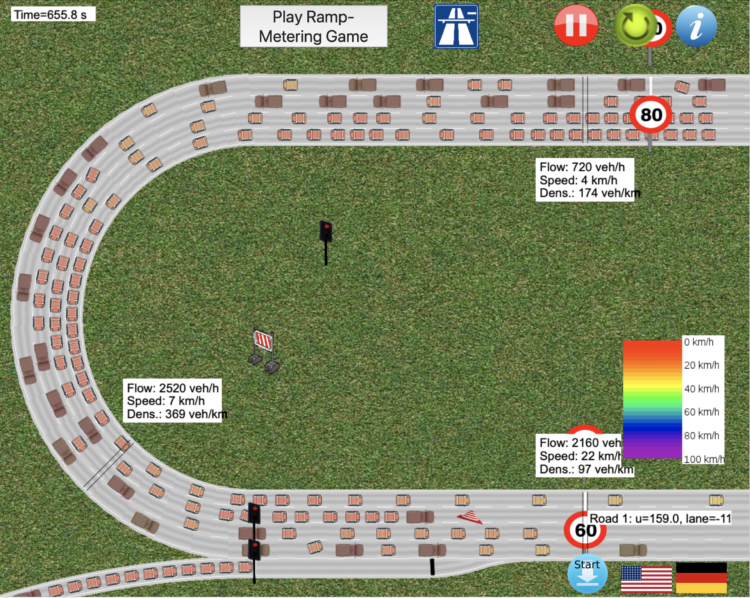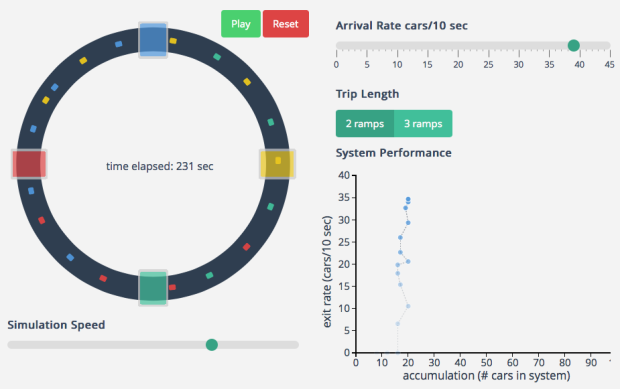Traffic always seems so sensitive to the smallest disruptions. Someone pulls over to the side of the road? Traffic jam. Slight incline on the freeway? Traffic jam. One person weaving in and out of lanes? Traffic jam. With this traffic simulator by Martin Treiber, you can test out all the possible scenarios.
You can use different types of roads, place speed limits, start construction, increase or decrease the number of lanes, adjust the incline, and even define politeness among drivers. Experience the frustrations of driving, right from your computer. [via kottke]
Tags: Martin Treiber, simulation, traffic






